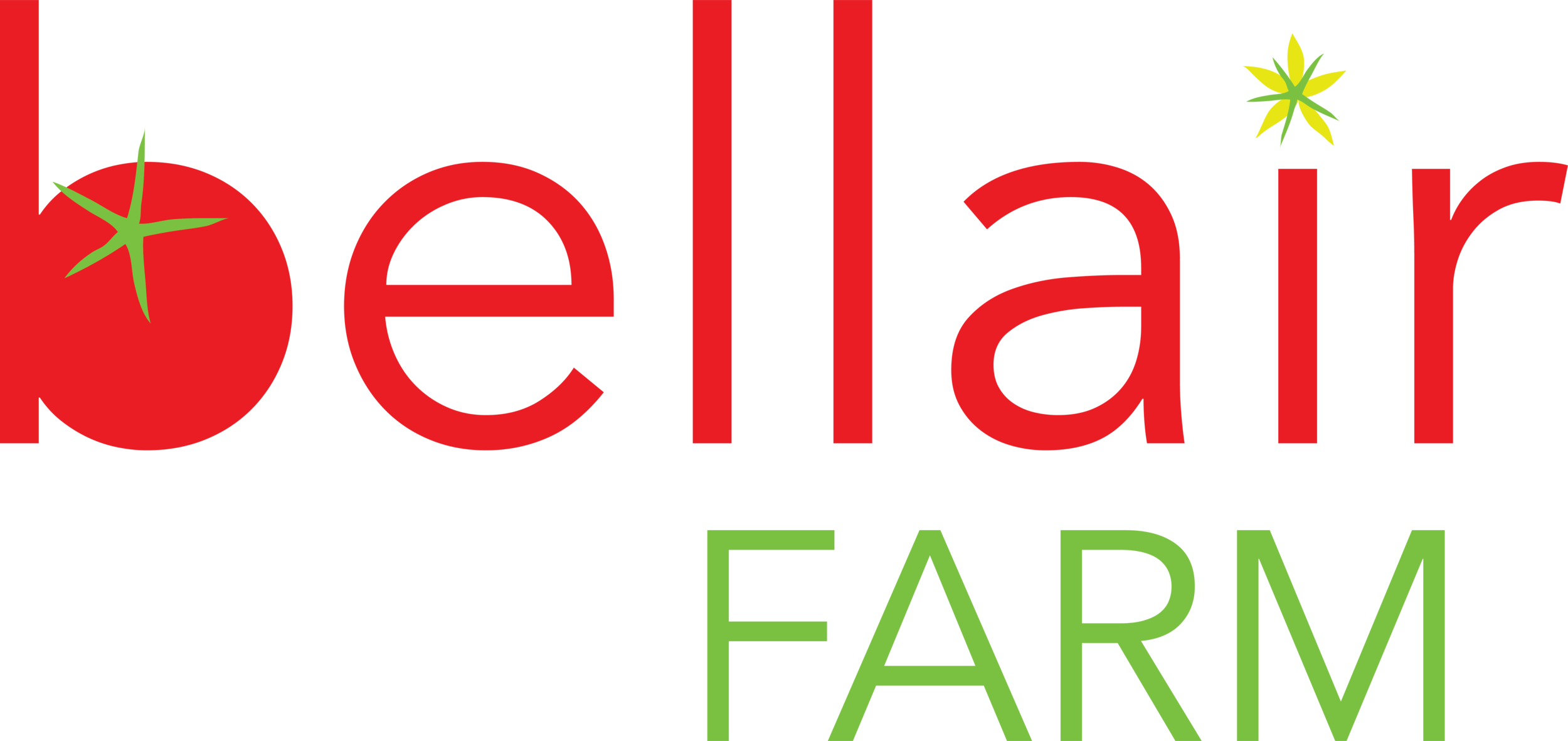Fall Garden Planning
Fall kale transplants. I’ve always found Fall plants harder to get started than spring ones. Access to quality light and covering them for bug protection are the main ways to success.
It may still be summer, but now is the time to get that fall garden started! As the days shorten, the amount of sunlight available to plants obviously decreases and growth slows. Capture the most of the sun by getting plants established now so that they are ready for picking before the Persephone Days hit. These are the days where there is not enough light to trigger growth (generally Nov 21- Jan 21, but growth is really slow for a couple weeks on either side of this range).
The idea is to get the plant grown early and then you should still be able to harvest off of those established plants for a while to come. Once February hits, growth will start again and you might have another flush before the plants go to seed if they survived the Persephone period. Below is a guide of what you should be planting now or soon if you want a fall or winter garden!
Start seeds in flats late July/early August for: brussel sprouts, broccoli, regular cabbage, kale, and collards, napa cabbage, lettuce, bok choy
Direct seed in August: carrots, beets, standard turnips, kale, and collards, napa cabbage, bok choy, first round of: greens and spinach, lettuce, radishes, salad turnips
Transplant in August/September: brussel sprouts, broccoli, regular cabbage, kale, and collards, napa cabbage, lettuce, bok choy
Direct seed in September: second round of: radishes, salad turnips, greens of all types
Direct-seeding vs transplanting: Most of the above can be direct-seeded, but some things like regular kale, cabbages, broccoli, brussels, and collards will do better as transplants. Brussels in particular are advanced-grower only! Even we don’t try these at Bellair. Kale, collards, spinach, and radishes are great places to start for beginning growers. If you don’t have a greenhouse, you can create a little nursery for your plants in the ground: direct-seed little groupings of collards and kale in one spot. Once they have true leaves, carefully dig them up and space them out throughout the garden. This is much more reliable than trying to seed one or two seeds spaced out from the beginning.
If you follow this planting guide, you should be getting your harvest from early September through late November and maybe later! For things like kale and lettuce, try the “cut and come again” method of plucking or cutting outer leaves and letting the centers re-grow.
In 2022, Bellair will be offering our first season of retail Fall Transplants, available at the end of August. We’ll have a limited variety, so if we don’t have what you need you can find some around town at garden shops like 5th Season and maybe at one of our partner farms, Gathered Threads.
As cooler weather comes, remember to cover your garden during cold nights. In the city, you should be able to harvest greens like kale and spinach almost all year round! If you see many really cold nights coming up in the forecast, you can either take your chances with the weather or bring in a big harvest and call it done for the season.
If you're not down to garden, don't worry! Our local farmer’s markets run year-round (as does the Bellair Barn Store) with a small but mighty array of local veggies. We will be growing in our high tunnels for the first time this year (2022), and are looking forward to bringing our crops to market!

